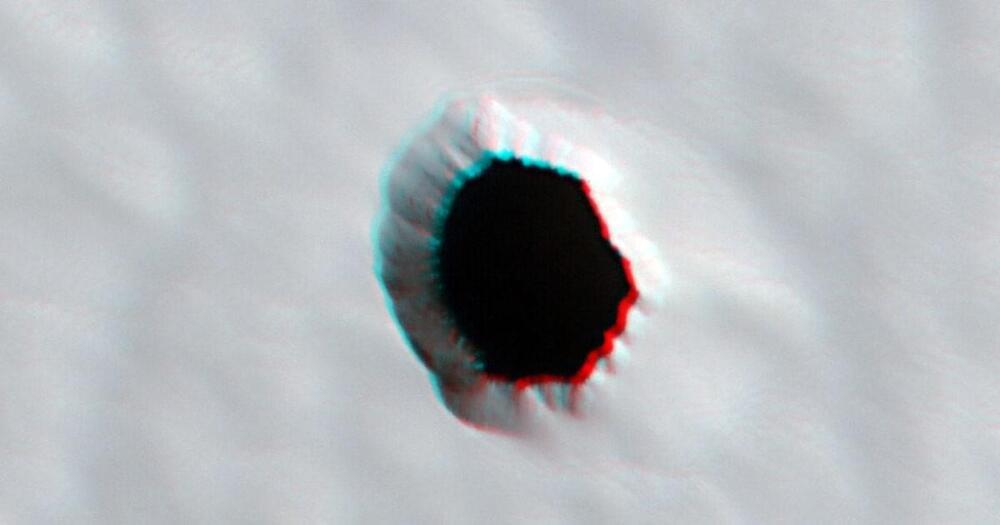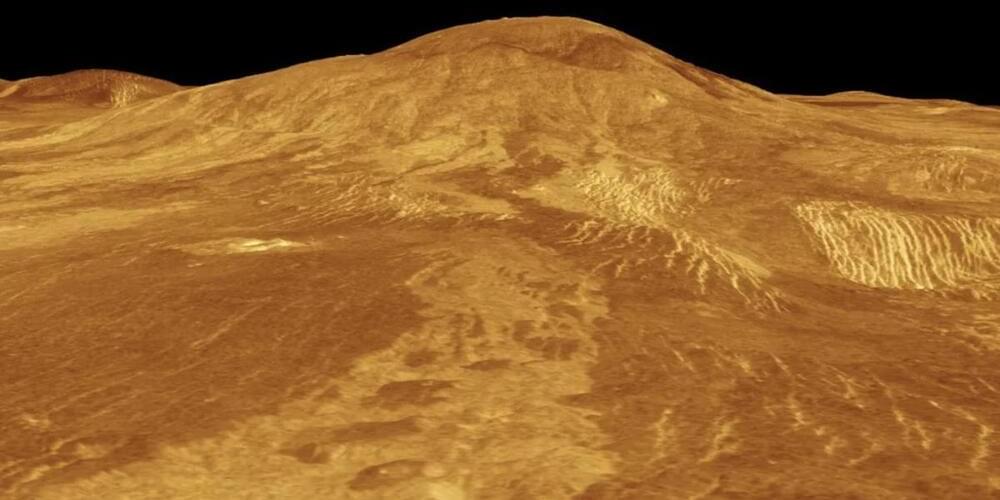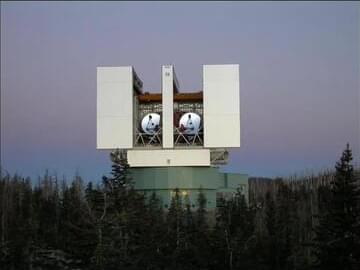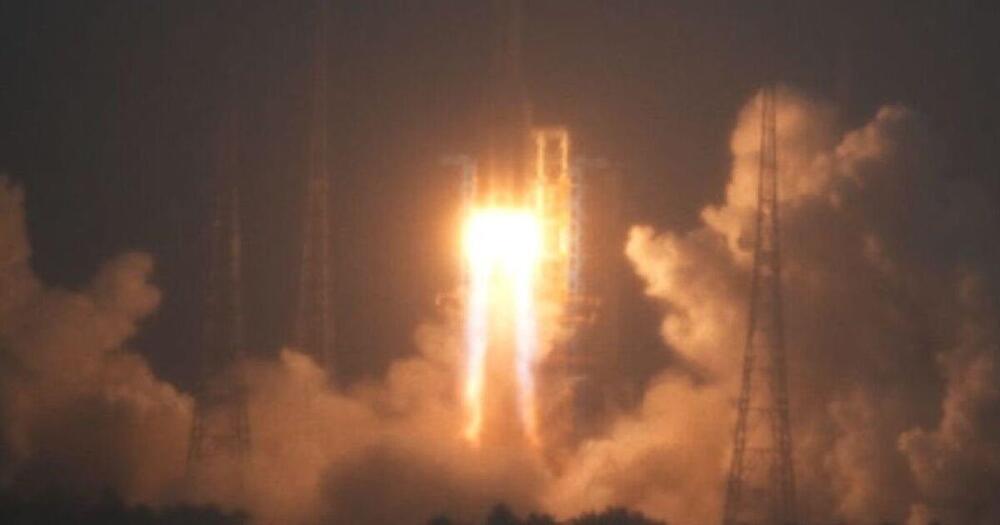Vortices are a common physical phenomenon. You find them in the structure of galaxies, tornadoes and hurricanes, as well as in a cup of tea, or water as it drains from the bathtub.
Category: space – Page 186

“Extraordinary” Slow-Spinning Neutron Star Shakes Astrophysics
Most collapsed stars fully rotate in seconds. This one takes almost an hour.
Australian scientists from the University of Sydney and Australia’s national science agency, CSIRO, have detected what is likely a neutron star spinning slower than any other ever measured.
No other radio-emitting neutron star, out of the more than 3,000 discovered so far, has been discovered rotating so slowly. The results are published today (June 5) in Nature Astronomy.

WATCH LIVE: NASA and Boeing launch first crewed Starliner mission to International Space Station
Subscribe: Newsletters: https://www.pbs.org/newshour/subscribePBS NewsHour podcasts: https://www.pbs.org/newshour/podcastsStream your PBS favorites with the P…
Colonizing Ganymede
Go to https://hensonshaving.com/isaacarthur and enter “isaacarthur” at checkout to get 100 free blades with your purchase. Ganymede is an enormous moon, larger than any other we’ve found, including our own, and may one day be the centerpiece of wider human settlements around Jupiter. Visit our Website: http://www.isaacarthur.net Join Nebula: https://go.nebula.tv/isaacarthur Support us on Patreon: / isaacarthur Support us on Subscribestar: https://www.subscribestar.com/isaac-a… Group:
/ 1,583,992,725,237,264 Reddit:
/ isaacarthur Twitter:
/ isaac_a_arthur on Twitter and RT our future content. SFIA Discord Server:
/ discord Credits: Colonizing Ganymede Episode 449; May 30, 2024 Written, Produced & Narrated by: Isaac Arthur Graphics: Jeremy Jozwik Kristijan Tavcar Rapid Thrash Sergio Botero YD Visual Music Courtesy of Epidemic Sound Epidemic Sound http://epidemicsound.com/creator Stellardrone, “Ultra Deep Field”, “Red Giant”, “Billions and Billions”, “Cosmic Sunrise” Lombus, “Hydrogen Sonata”, “Cosmic Soup”

Scientists Intrigued By Almost Perfectly Circular Pit on the Surface of Mars
Link :
NASA’s Mars Reconnaissance Orbiter (MRO) has discovered another intriguing formation on the planet’s barren surface.
As spotted by Universe Today, the spacecraft captured this image of a satisfyingly circular pit — and what its dark, yawning entrance leads to remains a question high on the minds of Mars scientists.
The image, “acquired to determine if any underlying void … and associated faults” were in the region, was taken with the High-Resolution Imaging Science Experiment (HiRISE) camera, a powerful lens capable of detailing the Martian surface in both visible and near-infrared light.




Necessity of Sustainability on the Moon and Mars
As humanity travels back to the Moon in the next few years and potentially Mars in the next decade, how much of a role should planetary protection play regarding the safeguarding of these worlds? This is what a recent study published in Space Policy hopes to address as a team of international researchers discuss prioritizing planetary protection and sustainability could not only aid in space exploration but also sustainability on Earth, as well.
For the study, the researchers propose the expansion of current planetary protection policies to help safeguard against security, orbital debris, and crowding, as current policies only focus on preventing biological contamination from human activities. While biological contamination might not be a concern on the Moon given it lacks the necessary conditions to support life, the planet Mars is hypothesized to have once possessed microbial life deep in its ancient past and could potentially be hosting life beneath its surface.
“Sustainability must become a core principle of human space exploration,” said Dr. Dimitra Atri, who is an investigator in the Center for Astrophysics and Space Science at NYU Abu Dhabi and lead author of the study. “Just as we view climate change as the great challenge facing our terrestrial human society, the space community should begin to address space sustainability with the same urgency.”